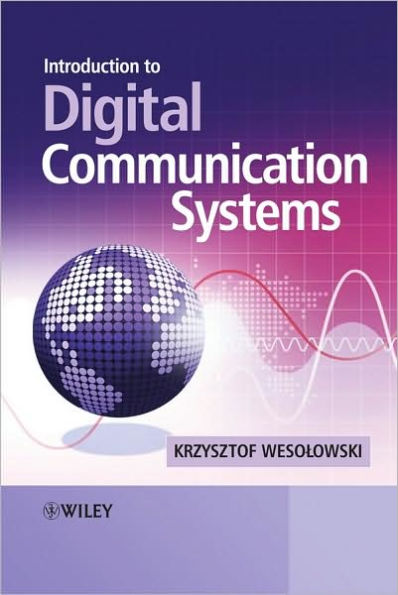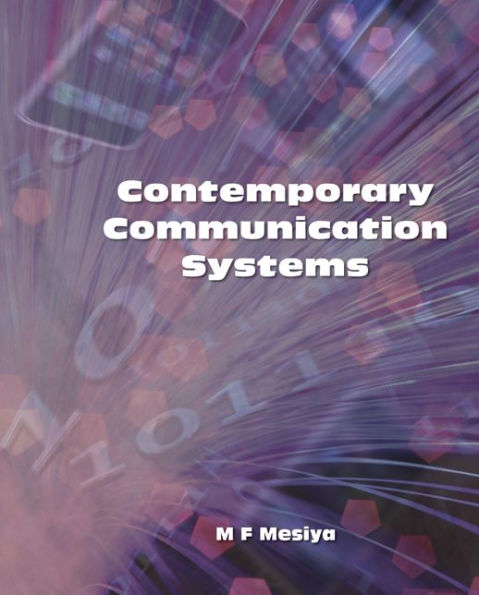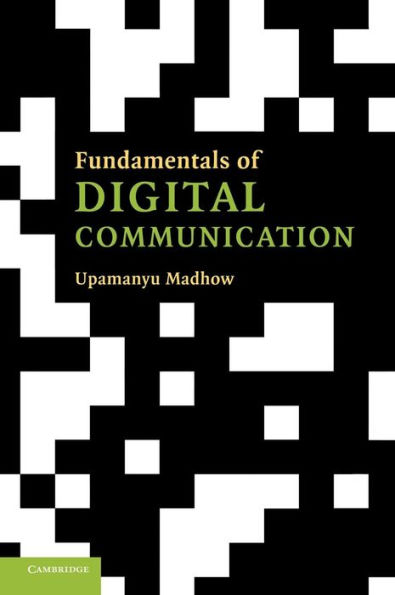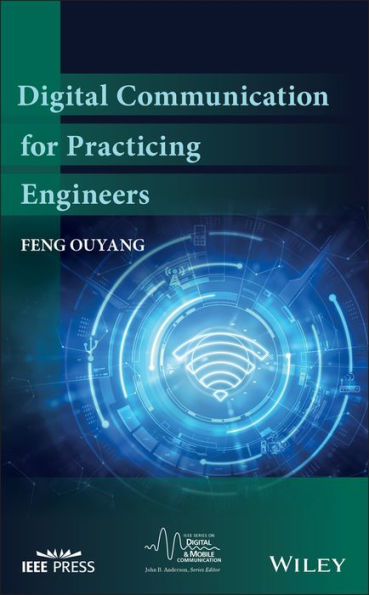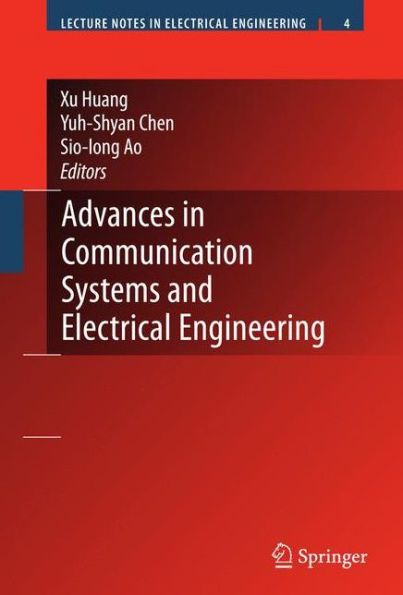Home
Precoding Techniques for Digital Communication Systems / Edition 1
Loading Inventory...
Barnes and Noble
Precoding Techniques for Digital Communication Systems / Edition 1
Current price: $109.99
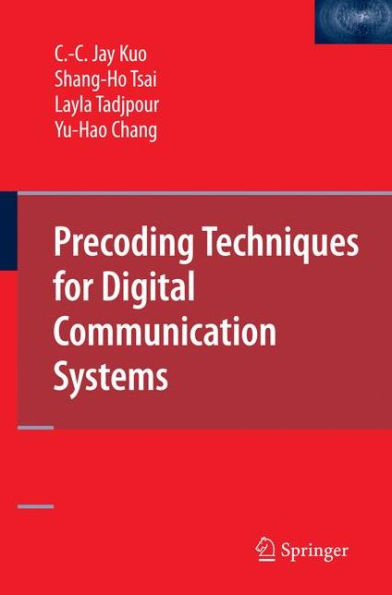

Barnes and Noble
Precoding Techniques for Digital Communication Systems / Edition 1
Current price: $109.99
Loading Inventory...
Size: OS
*Product Information may vary - to confirm product availability, pricing, and additional information please contact Barnes and Noble
During the past two decades, many communication techniques have been developed to achieve various goals such as higher data rate, more robust link quality, and more user capacity in more rigorous channel conditions. The most well known are, for instance, CDMA, OFDM, MIMO, multiuser OFDM, and UWB systems.All these systems havetheir ownunique superioritywhile they also induce other drawbacks that limit the system performance. Conventional way to overcome the drawback is to impose most of the computational effort in the receiver side and let the transmitter design much simpler than receiver. The fact is that, however, by leveraging reasonable computational effort to the transmitter, the receiver design can be greatly simplified. For instance, multiaccess interference (MAI) has long been considered to limit the perf- mance of multiuser systems. Popular solutions to mitigate MAI issue include multiuser detection (MUD) or sophisticated signal processing for interference cancellation such as PIC or SIC. However, those solutions impose great b- den in the receiver. In this case, precoding offer good solutions to achieve simple transceiver designs as we will mention later in this book. This book is intended to provide a comprehensive review of precoding techniques for digital communications systems from a signal processing p- spective. The variety of selected precoding techniques and their applications makes this book quite different from other texts about precoding techniques in digital communication engineering.
